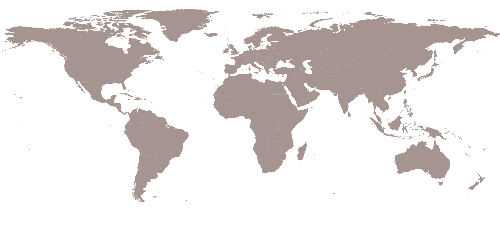Strategic Layers of Renewal
The resulting project is both strategic and deeply contextual. Operating at two scales—citywide and site-specific—it proposes a combination of ecological, infrastructural, and civic interventions. At the urban scale, the plan addresses water quality and flood risk through restoration of canals, riverbanks, and rainwater retention basins, alongside the creation of constructed wetlands. At the site level, acupuncture-style interventions within the medina aim to restore public space, support traditional industries such as leather tanning, and improve pedestrian access through revitalised paths and gathering places.
This phased and adaptive approach is guided by the principle of working with what already exists—restoring rather than replacing, and allowing future possibilities to emerge organically. The Holcim Awards jury praised the project for coupling environmental remediation with social and economic renewal, noting its potential to restore the vitality of Fez for residents and visitors alike. More than a plan for river recovery, it is a model for urban regeneration rooted in history, ecology, and community.
Bringing the River Back to Life
The River Remediation and Urban Development Scheme in Fez, Morocco, is a transformative, multi-sited project focused on reviving the historic Fez River and revitalising the surrounding medina. Once a vital artery flowing through the UNESCO World Heritage-listed city, the river became heavily polluted and largely hidden due to decades of unregulated wastewater discharge. In 2007, a key shift occurred when the city’s Department of Water and Electricity (RADEEF) redirected sewage to new treatment plants, creating an unprecedented opportunity to reclaim the river as a clean, living public asset. Commissioned by RADEEF, architects Aziza Chaouni and Takako Tajima developed a comprehensive strategy operating at both city and site scale. Their approach combines ecological restoration—such as constructed wetlands, canal renewal, and riverbank rehabilitation—with targeted interventions in the medina, including the restoration of traditional tanneries, revitalised pedestrian pathways, and improved public spaces. The project is conceived as an open-ended, phased process that begins with what exists, building incrementally toward long-term ecological, social, and cultural recovery.
Designing with Wisdom
The Global Holcim Awards jury praised the project for its adaptive wisdom and phased methodology. “What marks this project is its wisdom that keeps the process open to future possibilities,” the jury noted. The strategy embraces what is already present in the city, using existing conditions as a foundation for renewal. River recovery is envisioned as a dynamic process—on one end, restoring original ecologies and promoting biodiversity; on the other, reactivating economic and civic life, such as reviving craft industries and raising ecological awareness. The jury acknowledged the project’s strength in emphasising process over static form, enabling future additions like flash flood mitigation without compromising the original vision. This balance of environmental, cultural, and infrastructural recovery underscores the project's capacity to serve as a replicable model for urban resilience in historic settings.
Rooted in Community, Built for Change
The Regional Holcim Awards jury recognised the project with a Gold Award for Africa Middle East, highlighting its successful integration of socio-cultural, economic, and environmental agendas. They described it as “a comprehensive socio-cultural and economic program coupled to an environmental remediation initiative.” The river, which once defined the spatial and cultural identity of the medina, had become an urban nuisance. The project’s proposal to lay the river open again and reintegrate it as a public amenity was seen as both timely and visionary. Particular commendation was given to the transformation of degraded sites, such as the Chouarra tanneries, into assets through community-supported programs including a leather-craft centre, recreation spaces, wetlands, and botanical gardens. These interventions not only address environmental degradation but also offer tangible social benefits, reaffirming the project’s value as a strategic environmental and urban catalyst for the city of Fez.
In a compelling TED Talk delivered in Vancouver, architect Aziza Chaouni shared the inspiring story behind the transformation of the Fez River. In just six minutes, she outlines how a once-polluted waterway running through the historic medina is being brought back to life—thanks to the city’s decision to divert untreated sewage and industrial runoff for proper treatment. Chaouni describes how the project is not only restoring the river’s ecological health, but also reweaving it into the fabric of urban life by turning forgotten riverbanks into walkable pathways and much-needed public spaces in the heart of Fez.





























